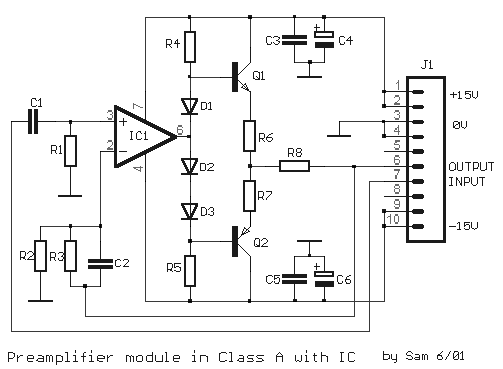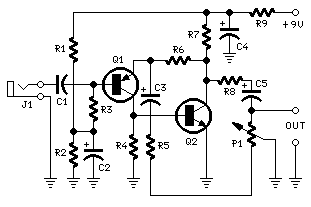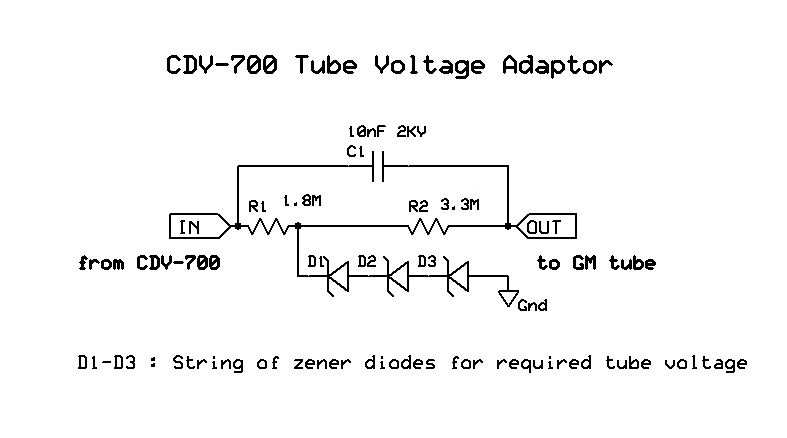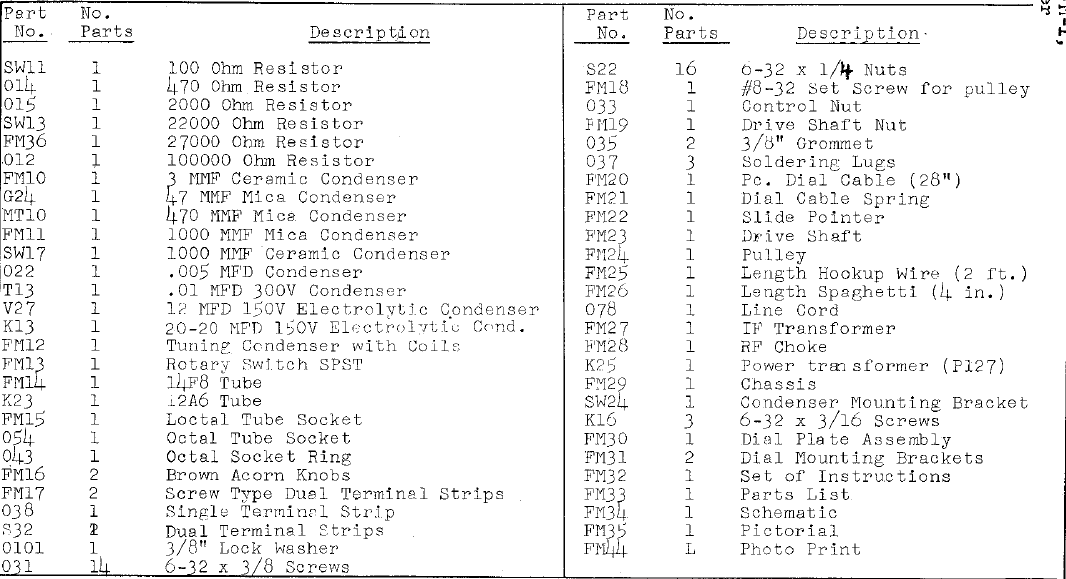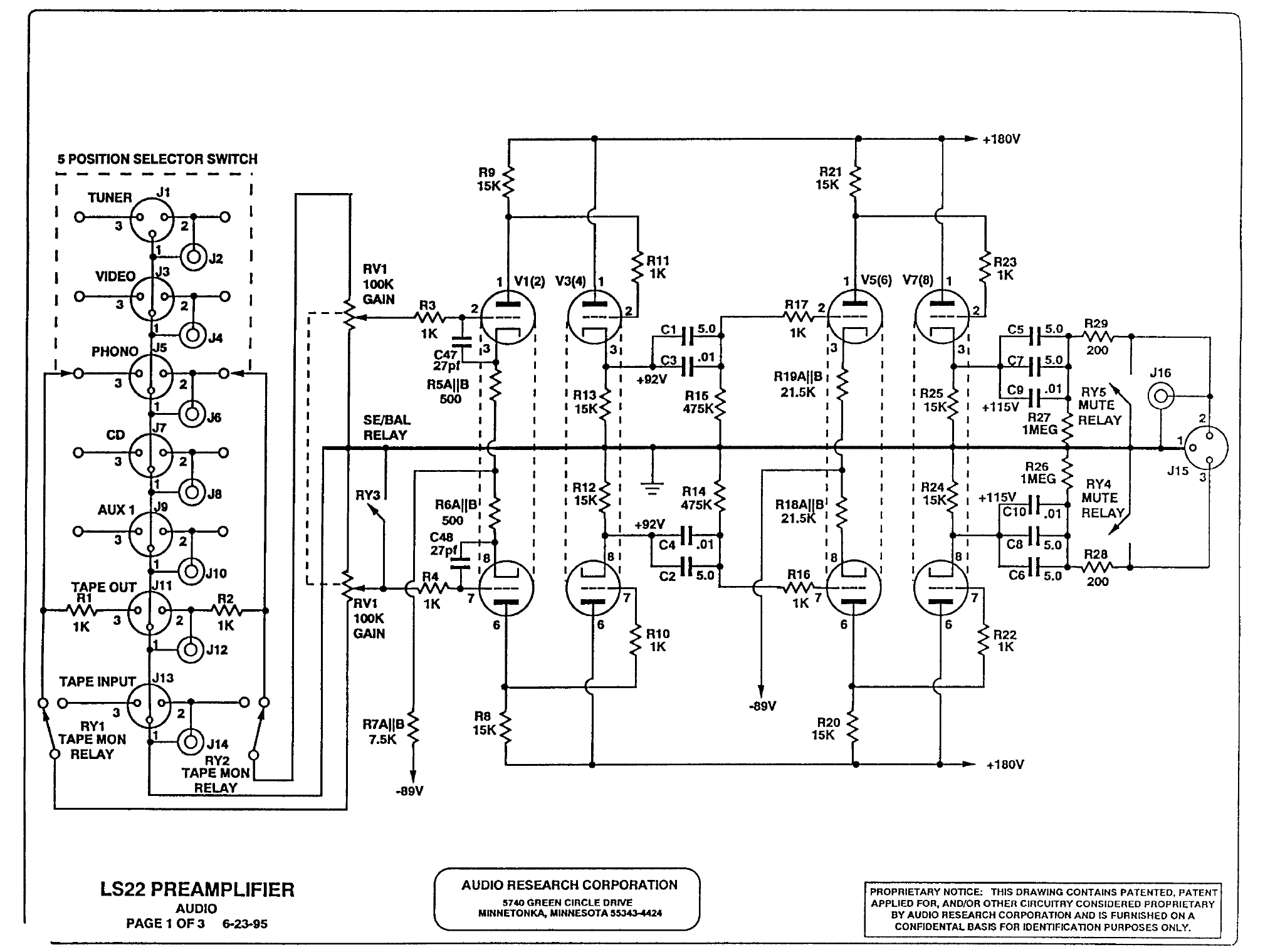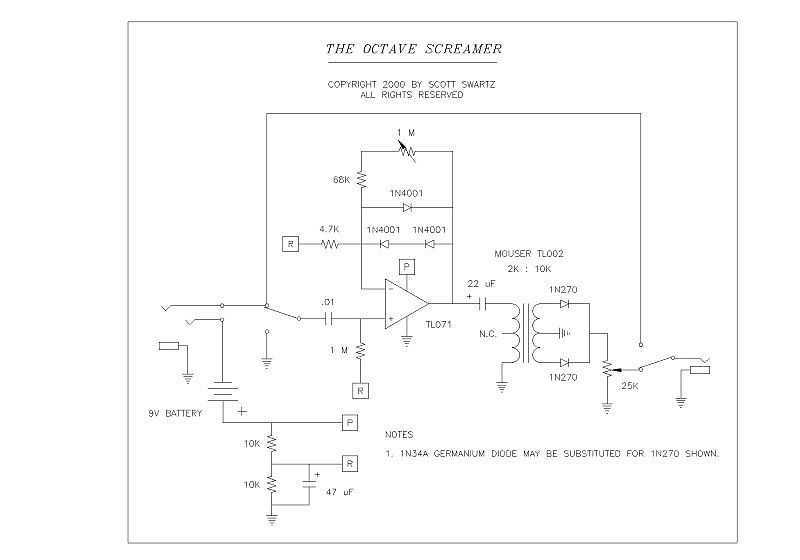
6418 Tube RIAA Phono Preamplifier
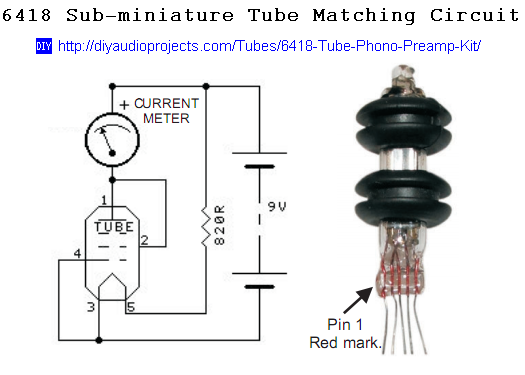
Last year, a low-cost tube stereo headphone amplifier kit from Oatley Electronics (located in New South Wales, Australia) was built and reviewed. This kit gained significant popularity and was sold globally. The headphone amplifier is based on new old stock Raytheon JAN 6418 sub-miniature pentode valves (tubes). Oatley Electronics also released an affordable ($47 AU, May 2010) tube-based stereo RIAA preamplifier kit for moving magnet (MM) cartridges, which was kindly provided for review. The printed circuit board (PCB) is double-sided, solder masked, and silk screened, with most of the top layer grounded for shielding. To maintain a low kit price, basic passive components are utilized, including a mix of metal film and carbon resistors, as well as polyester, ceramic, and electrolytic capacitors. Although polyester capacitors are generally avoided in audio circuits due to perceived sound quality issues, upgrades to passive components are possible. A complete parts list is included in the Oatley Electronics K282 Kit Instructions (PDF - 646kB). The external power supply is a compact 5V switch-mode power supply (SMPS) with a universal outlet adapter compatible with American, European, Australasian, and UK power outlets (100 - 240VAC). The circuit employs an MC34063A switched-mode power supply integrated circuit (IC) to convert the 5V external supply to 30V, operating at a switching frequency of approximately 100kHz. The phono preamp circuit consists of two stages, with each valve stage buffered by a 2SK170 Field Effect Transistor (FET). The JAN 6418 tubes are utilized in pentode mode. The schematic of the tube phono preamp kit is provided, and permission to host the schematic has been granted by Oatley Electronics. A high-resolution image of the schematic is available in the kit instructions. Although the kit is comprehensive, the builder must supply input and output connectors (typically RCA) and may wish to construct an enclosure. A completed kit using only the supplied parts is depicted. Following the assembly instructions is straightforward, requiring basic soldering skills. The inductor must be wound with 14 turns, and detailed instructions for its construction are provided. The JAN 6418 valves are highly microphonic, and two tight-fitting rubber grommets (included in the kit) should be placed on each valve before soldering to the PCB to significantly reduce microphonics. No special tools are necessary, but basic tools such as a soldering iron, wire cutters, and wire strippers are needed. For the initial phono kit build, single-strand fine copper wire (~26Ga) was used for signal wiring. In sensitive and high-gain circuits, shielded wire is typically recommended, but in this case, tightly twisting the signal and ground wires helped minimize noise. Multi-strand wire (~22Ga) was used for internal power connections. The on/off control consists of a single-pole, single-throw (SPST) switch connected to the 5V supply, accompanied by a faint blue LED to indicate power. The input and output connections feature gold-plated RCA jacks. The phono preamp kit was enclosed in a medium-sized cast aluminum case, which was painted with epoxy enamel for durability, requiring a week to fully cure. Prior to painting, the exterior of the case was thoroughly sanded.
The Oatley Electronics K282 tube-based stereo RIAA preamplifier kit is designed to provide a high-quality audio experience for moving magnet cartridges, making it an excellent choice for enthusiasts seeking an affordable entry into tube amplification. The use of JAN 6418 pentode valves ensures a warm, rich sound characteristic of tube amplifiers, while the dual-stage design enhances signal integrity and fidelity. The incorporation of FET buffering allows for improved linearity and reduced distortion, further enhancing audio performance.
The power supply configuration is noteworthy, utilizing the MC34063A IC to achieve a higher voltage from a low-voltage source, which is essential for powering the tube stages effectively. The choice of a switch-mode power supply not only minimizes the footprint but also increases efficiency, reducing heat generation during operation.
The PCB layout, with its double-sided design and extensive grounding, is optimized for minimal interference and noise, which is particularly critical in audio applications. The option to upgrade passive components provides flexibility for users who may wish to tailor the sound characteristics to their preferences, allowing for a customized listening experience.
Assembly instructions are provided in detail, ensuring that builders can confidently construct the preamp with basic soldering skills. The inclusion of rubber grommets to mitigate microphonics demonstrates attention to detail, addressing a common issue in tube amplifiers. The use of gold-plated RCA connectors ensures reliable signal transmission and longevity.
Overall, the Oatley Electronics K282 kit represents a well-thought-out approach to introducing users to tube-based audio amplification, combining ease of assembly with the potential for high-quality sound reproduction.Last year I built and reviewed the low cost Oatley Electronics K272 Tube Stereo Headphone Amplifier Kit. In conversation with Oatley Electronics (located in New South Wales Australia), they told me that the kit became very popular and sold pretty much all over the world.
The little headphone amplifier kit was based around new old stock Raytheon J AN 6418 sub-miniature pentode valves (tubes). Using the same JAN 6418 valves Oatley Electronics has released an inexpensive ($47AU, May 2010) tube based stereo RIAA preamplifier kit for moving magnet (MM) cartridges, and they were kind enough to send me a couple of kits. The printed circuit board (PCB) is double sided, solder masked and silk screened. Almost the entire top layer of the PCB is grounded to provide shielding. To keep the kit price low, the passive components are very basic. A mix of metal film and carbon resistors, polyester, ceramic and electrolytic caps. Polyester caps are generally not used in audio circuits because some say they do not sound good. Of course one can choose to upgrade the passive parts. The contents of the phono RIAA preamp kit are shown below. A full parts list of the kit contents is included in the Oatley Electronics K282 Kit Instructions (PDF - 646kB).
The external power supply is a small 5V switch-mode power supply (SMPS) with a universal outlet adapter that can be used with American, European, Australasian and UK power outlets (100 - 240VAC). The circuit uses a MC34063A switched mode power supply integrated circuit (IC) to convert the 5V external supply to 30V.
The switching frequency is set at around 100kHz. The phono preamp circuit is a two stage affair with each valve stage buffered by a 2SK170 Field Effect Transistor (FET). The new old stock (NOS) JAN 6418 tubes are used in pentode mode. The schematic of the tube phono preamp kit is shown in Figure 1. Please note that this circuit is © Oatley Electronics and permission to host the schematic on this site has been provided by Oatley Electronics.
A high resolution image of the schematic is available in the kit instructions. The kit is fairly complete, however the builder will need to supply input and output connectors (typically RCA) and most will likely want to build the kit into some sort of enclosure. A completed kit using only the supplied parts is shown below. Following the instructions supplied with the kit, assembly is very straight forward, but you will require basic soldering skills.
The inductor will need to be wound (14 turns) and full details for constructing the inductor are included in the instructions. The JAN 6418 valves are very microphonic. Two tight fitting rubber grommets (supplied with the kit) on each valve will help reduce microphonics significantly.
Place the grommets on the tubes prior to soldering them to the PCB. There are no special tools that are required, but you will need the basics, such as a soldering iron, wire cutters and wire strippers. For my frist phono kit build, I used single strand fine copper wire (~26Ga) for the signal wiring. Usually with sensitive and high gain circuits one would use shielded wire as hook-up wire. If you used unshielded wire like I did, tightly twist the signal and signal ground wires (I used an electric drill) to keep unwanted noise out of the wiring.
For the internal power connections I used multi-strand wire (~22Ga) which I twisted together. The on / off control is a single-pole, single-throw (SPST) swtich connected to the 5V supply with a faint blue LED to indicated power. The input and output connections are gold plated RCA jacks. I decided to enclose the phono preamp kit into a medium size cast aluminum case. I always paint these cases and this time would be no exception. Usually I paint in a gloss black or red. The paint I use is epoxy enamel and though it takes a week to dry hard it forms a very tough coat. Prior to painting I thoroughly sand the exterior of the cas 🔗 External reference
The Oatley Electronics K282 tube-based stereo RIAA preamplifier kit is designed to provide a high-quality audio experience for moving magnet cartridges, making it an excellent choice for enthusiasts seeking an affordable entry into tube amplification. The use of JAN 6418 pentode valves ensures a warm, rich sound characteristic of tube amplifiers, while the dual-stage design enhances signal integrity and fidelity. The incorporation of FET buffering allows for improved linearity and reduced distortion, further enhancing audio performance.
The power supply configuration is noteworthy, utilizing the MC34063A IC to achieve a higher voltage from a low-voltage source, which is essential for powering the tube stages effectively. The choice of a switch-mode power supply not only minimizes the footprint but also increases efficiency, reducing heat generation during operation.
The PCB layout, with its double-sided design and extensive grounding, is optimized for minimal interference and noise, which is particularly critical in audio applications. The option to upgrade passive components provides flexibility for users who may wish to tailor the sound characteristics to their preferences, allowing for a customized listening experience.
Assembly instructions are provided in detail, ensuring that builders can confidently construct the preamp with basic soldering skills. The inclusion of rubber grommets to mitigate microphonics demonstrates attention to detail, addressing a common issue in tube amplifiers. The use of gold-plated RCA connectors ensures reliable signal transmission and longevity.
Overall, the Oatley Electronics K282 kit represents a well-thought-out approach to introducing users to tube-based audio amplification, combining ease of assembly with the potential for high-quality sound reproduction.Last year I built and reviewed the low cost Oatley Electronics K272 Tube Stereo Headphone Amplifier Kit. In conversation with Oatley Electronics (located in New South Wales Australia), they told me that the kit became very popular and sold pretty much all over the world.
The little headphone amplifier kit was based around new old stock Raytheon J AN 6418 sub-miniature pentode valves (tubes). Using the same JAN 6418 valves Oatley Electronics has released an inexpensive ($47AU, May 2010) tube based stereo RIAA preamplifier kit for moving magnet (MM) cartridges, and they were kind enough to send me a couple of kits. The printed circuit board (PCB) is double sided, solder masked and silk screened. Almost the entire top layer of the PCB is grounded to provide shielding. To keep the kit price low, the passive components are very basic. A mix of metal film and carbon resistors, polyester, ceramic and electrolytic caps. Polyester caps are generally not used in audio circuits because some say they do not sound good. Of course one can choose to upgrade the passive parts. The contents of the phono RIAA preamp kit are shown below. A full parts list of the kit contents is included in the Oatley Electronics K282 Kit Instructions (PDF - 646kB).
The external power supply is a small 5V switch-mode power supply (SMPS) with a universal outlet adapter that can be used with American, European, Australasian and UK power outlets (100 - 240VAC). The circuit uses a MC34063A switched mode power supply integrated circuit (IC) to convert the 5V external supply to 30V.
The switching frequency is set at around 100kHz. The phono preamp circuit is a two stage affair with each valve stage buffered by a 2SK170 Field Effect Transistor (FET). The new old stock (NOS) JAN 6418 tubes are used in pentode mode. The schematic of the tube phono preamp kit is shown in Figure 1. Please note that this circuit is © Oatley Electronics and permission to host the schematic on this site has been provided by Oatley Electronics.
A high resolution image of the schematic is available in the kit instructions. The kit is fairly complete, however the builder will need to supply input and output connectors (typically RCA) and most will likely want to build the kit into some sort of enclosure. A completed kit using only the supplied parts is shown below. Following the instructions supplied with the kit, assembly is very straight forward, but you will require basic soldering skills.
The inductor will need to be wound (14 turns) and full details for constructing the inductor are included in the instructions. The JAN 6418 valves are very microphonic. Two tight fitting rubber grommets (supplied with the kit) on each valve will help reduce microphonics significantly.
Place the grommets on the tubes prior to soldering them to the PCB. There are no special tools that are required, but you will need the basics, such as a soldering iron, wire cutters and wire strippers. For my frist phono kit build, I used single strand fine copper wire (~26Ga) for the signal wiring. Usually with sensitive and high gain circuits one would use shielded wire as hook-up wire. If you used unshielded wire like I did, tightly twist the signal and signal ground wires (I used an electric drill) to keep unwanted noise out of the wiring.
For the internal power connections I used multi-strand wire (~22Ga) which I twisted together. The on / off control is a single-pole, single-throw (SPST) swtich connected to the 5V supply with a faint blue LED to indicated power. The input and output connections are gold plated RCA jacks. I decided to enclose the phono preamp kit into a medium size cast aluminum case. I always paint these cases and this time would be no exception. Usually I paint in a gloss black or red. The paint I use is epoxy enamel and though it takes a week to dry hard it forms a very tough coat. Prior to painting I thoroughly sand the exterior of the cas 🔗 External reference
